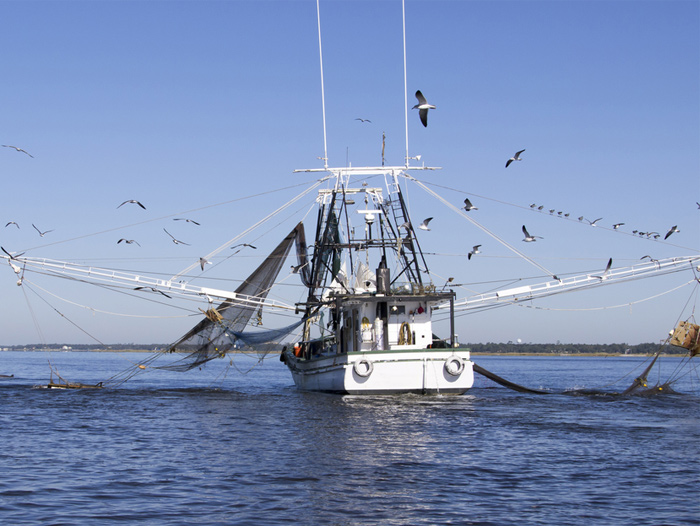South Atlantic Fishery Management Council Approves Expansion of Shrimp Fishery Access Area Adjacent to Deepwater Coral
September 20, 2021 | 2 min to read

It has been seven years since expansion of the northern end of the Oculina Bank Habitat Area of Particular Concern (HAPC) was approved by the South Atlantic Fishery Management Council. Designed to provide additional protection for the rare, slow growing, deepwater Oculina coral found off the central east coast of Florida, the expansion also included historic fishing grounds for the economically important rock shrimp fishery, shutting off access along the eastern boundary. The initial Oculina Coral HAPC, established in 1984, was the first deepwater coral protected area in the U. S., and its boundaries were developed in cooperation with the rock shrimp industry. Vessel Monitoring Systems have been in place since 2003 for the fishery. Following expansion of the Coral HAPC in 2014, the Council assured rock shrimp fishermen that the area would be reviewed to determine if the historic trawling areas could be reopened. During its quarterly meeting this week, members of the Council voted to approve Coral Amendment 10 to establish the rock shrimp fishery access area. The amendment must be approved by the Secretary of Commerce before the measures are implemented.
The decision to reopen the fishery access area, a narrow strip along the eastern edge of the Coral HAPC measuring approximately 22-square miles, was not without controversy. Over the years, the Oculina Bank has suffered extensive habitat damage due to mobile fishing gear (trawls and dredges) and anchoring. Council members considered recommendations from its advisory panels and received public comment both in support of and against the rock shrimp fishery access area. Letters in support of the fishery access area included those from the Florida Fish and Wildlife Conservation Commission, fishing industry leaders, and a former Council member. Coral biologists, scientists, and environmental groups were among those who expressed concerns that reopening the trawling area could damage existing coral habitat, noting the negative impacts of sediment from trawling activities. “We’ve heard from both sides on this issue and sincerely appreciate all of the letters and public comment received,” said Council Chair, Mel Bell. “After exploring options, including additional mapping and bottom surveys, we felt it important to move forward with this amendment.” If approved by the Secretary, the new regulations would become effective in 2022.
